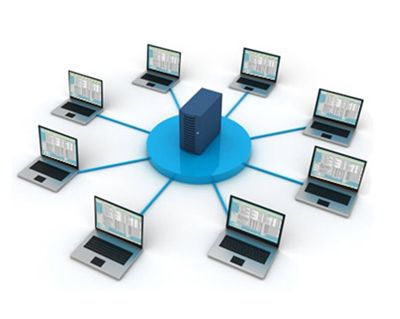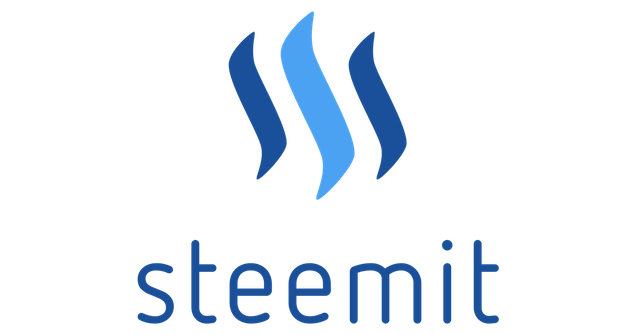Understanding Terminal Server (Remote Desktop Services)
Understanding A Terminal Server:
A Terminal Server is a host that enables multiple connections over a network. It is part of the Windows Server Operating System and the service was originally called Terminal Services but as of Windows Server 2008 it was renamed Remote Desktop Services.

It was developed in order to allow businesses to streamline their operations. They can have a central host where they can monitor all software, keep it updated and running how they like and have their employees log in to access what they need for their daily operations. This brought the cost down because it required fewer instances of the programs and fewer trips to each computer to keep things configured. They could also restrict and control user access from a central place so that an order taker would have less access than upper-level management.

It allowed users to more easily work outside the office and from different locations. As long as they had their username and password they could log in to Remote Desktop Services and work as if there were in the office. It also allowed companies to save on licensing as they only needed to license users that are currently logged into the server. If a company had 20 users but only 10 worked on the server at a time, then theoretically they were fine with 10 licenses instead of 20. These are controlled by CALs - Client Access Licenses.
Cal licenses are indexed and controlled by a licensing server which keeps track of access and users. All access to the Terminal Server is done with Remote Desktop Services through the RDP protocol. Access is granted through port 3389 over TCP/IP.
Basically, a Terminal Server is a must have when starting a business or taking a business to the next level. It allows freedom and allows you to break the constraints of the office and having to be centralized in one place.

If you have interest in this topic I'm going to make it an ongoing series exploring the different technologies and server applications.